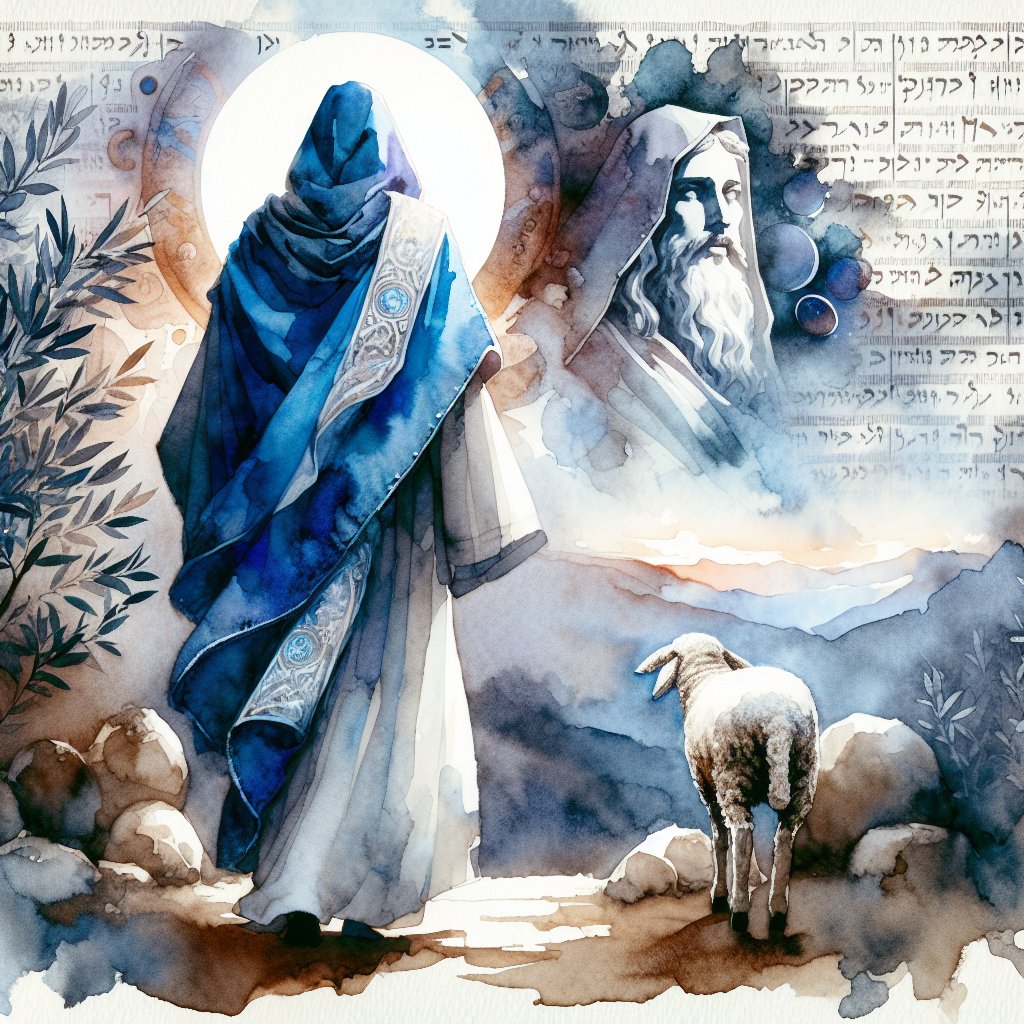Unlocking the Power of Isaiah 53-55 - Redemption, God's Love, and Personal Responsibility

Analysis of Isaiah 53-55
Key Verses
- Isaiah 53:5: "But he was pierced for our transgressions, he was crushed for our iniquities; the punishment that brought us peace was on him, and by his wounds we are healed." (NIV)
- Isaiah 53:6: "We all, like sheep, have gone astray, each of us has turned to our own way; and the Lord has laid on him the iniquity of us all." (NIV)
- Isaiah 55:1: "Come, all you who are thirsty, come to the waters; and you who have no money, come, buy and eat! Come, buy wine and milk without money and without cost." (NIV)
Themes
Vicarious Suffering and Redemption
Isaiah 53 vividly portrays the suffering of the Servant who bears the sins and iniquities of others. This theme of vicarious atonement is central, with the Servant taking on punishment to bring peace and healing to others. The imagery of being "pierced" and "crushed" emphasizes the severity of the suffering endured on behalf of the people.
God's Invitation and Grace
In contrast to the somber tone of chapter 53, Isaiah 55 opens with a joyful invitation from God to come and freely receive spiritual nourishment. This highlights God's grace in offering salvation and sustenance without cost. The call to "come" is repeated, underscoring God's earnest desire for people to turn to Him.
Repentance and Restoration
Throughout these chapters, there is an emphasis on acknowledging sin and turning back to God. Isaiah 53:6 portrays humanity as wayward sheep who have gone astray, while Isaiah 55:7 explicitly calls the wicked to forsake their ways and return to the Lord for mercy. This theme connects human repentance with divine restoration.
Historical Context
These chapters were likely written during the latter part of the 8th century BCE, as the Assyrian Empire was rising to power and threatening the kingdoms of Israel and Judah. The political instability and looming threat of exile provided the backdrop for Isaiah's message of hope and redemption through the suffering Servant.
Cultural Context
The concept of sacrificial atonement was deeply ingrained in ancient Israelite religious practice. The portrayal of the Servant's suffering in Isaiah 53 would have resonated with the cultural understanding of sacrifice for sin. Additionally, the imagery of a banquet invitation in Isaiah 55 draws on the cultural significance of shared meals as a sign of fellowship and covenant.
Etymology
The Hebrew word translated as "pierced" (מְחֹלָל - mecholal) in Isaiah 53:5 can also mean "wounded" or "profaned." This multifaceted meaning adds depth to the description of the Servant's suffering, encompassing both physical and spiritual dimensions.
Put it into Practice
- Reflect on the depth of God's love demonstrated through the Servant's willingness to suffer on behalf of others. Allow this to inspire greater compassion and self-sacrifice in your own life.
- Respond to God's invitation in Isaiah 55 by setting aside regular time for spiritual nourishment through prayer, scripture reading, and worship.
- Examine your life for areas where you may have "gone astray" and take steps to realign your path with God's will, trusting in His mercy and forgiveness.
Questions
- How does the concept of vicarious suffering in Isaiah 53 challenge or enhance your understanding of God's love and justice?
- In what ways can you "come to the waters" (Isaiah 55:1) more fully in your spiritual life? What might be holding you back from accepting God's free invitation?
- Considering the historical context of impending exile, how might Isaiah's message of hope through suffering have impacted his original audience? How does this context inform your own response to the text?